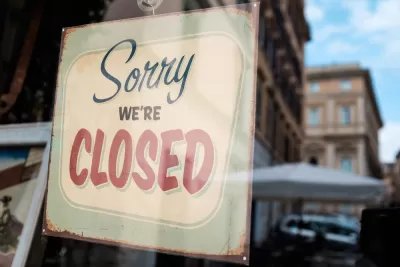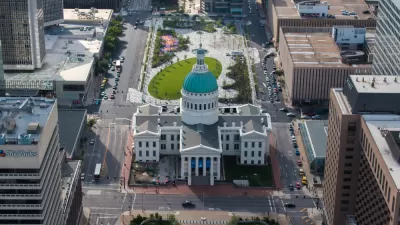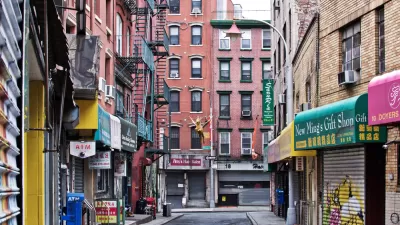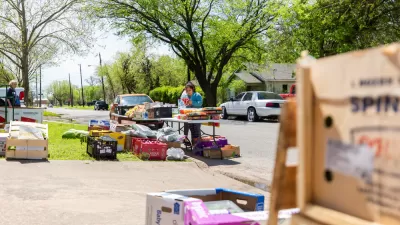Neighborhood level unemployment data estimates reveal the deepening social inequality of the current economic crisis.

Quoctrung Bui and Emily Badger sum up the state of the economy amidst the coronavirus pandemic in the summer of 2020:
The economic damage from the coronavirus is most visible in areas like Midtown Manhattan, where lunch spots have closed, businesses have gone dark and once-crowded sidewalks have emptied.
But some of the worst economic pain lies in other neighborhoods, in the places where workers who’ve endured the broadest job losses live. In corners of the Bronx, South Los Angeles or the South Side of Chicago, unemployment is concentrated to a breathtaking degree. And that means that other problems still to come — a wave of evictions, deepening poverty, more childhood hunger — will be geographically concentrated, too.
The article by Bui and Badger shares research estimating unemployment data down to the Census tract level by Yair Ghitza and Mark Steitz. "The federal government doesn’t report unemployment data down to the neighborhood level, so the two researchers modeled these fine-grained statistics in a way that makes them consistent with state and national surveys," explain Bui and Badger.
A working paper presenting the data is available on GitHub.
Deep economic disparities within cities are the main takeaway from the research findings, and the most outwardly visible signs of the economic downturn—the shuttered restaurants and retail businesses—aren't evidence of the worst of the economic situation. "These maps reflect, instead, where the workers who once staffed those restaurants, bars, hotels and offices commuted home at night," according to Bui and Badger.
The current findings, nearly five months into the pandemic in the United States, echo findings from much earlier in the pandemic in April, presented by Jonathan Stiles as well as researchers from the Urban Institute.
FULL STORY: In These Neighborhoods, the Jobless Rate May Top 30 Percent

Planetizen Federal Action Tracker
A weekly monitor of how Trump’s orders and actions are impacting planners and planning in America.

Chicago’s Ghost Rails
Just beneath the surface of the modern city lie the remnants of its expansive early 20th-century streetcar system.

San Antonio and Austin are Fusing Into one Massive Megaregion
The region spanning the two central Texas cities is growing fast, posing challenges for local infrastructure and water supplies.

Since Zion's Shuttles Went Electric “The Smog is Gone”
Visitors to Zion National Park can enjoy the canyon via the nation’s first fully electric park shuttle system.

Trump Distributing DOT Safety Funds at 1/10 Rate of Biden
Funds for Safe Streets and other transportation safety and equity programs are being held up by administrative reviews and conflicts with the Trump administration’s priorities.

German Cities Subsidize Taxis for Women Amid Wave of Violence
Free or low-cost taxi rides can help women navigate cities more safely, but critics say the programs don't address the root causes of violence against women.
Urban Design for Planners 1: Software Tools
This six-course series explores essential urban design concepts using open source software and equips planners with the tools they need to participate fully in the urban design process.
Planning for Universal Design
Learn the tools for implementing Universal Design in planning regulations.
planning NEXT
Appalachian Highlands Housing Partners
Mpact (founded as Rail~Volution)
City of Camden Redevelopment Agency
City of Astoria
City of Portland
City of Laramie





























